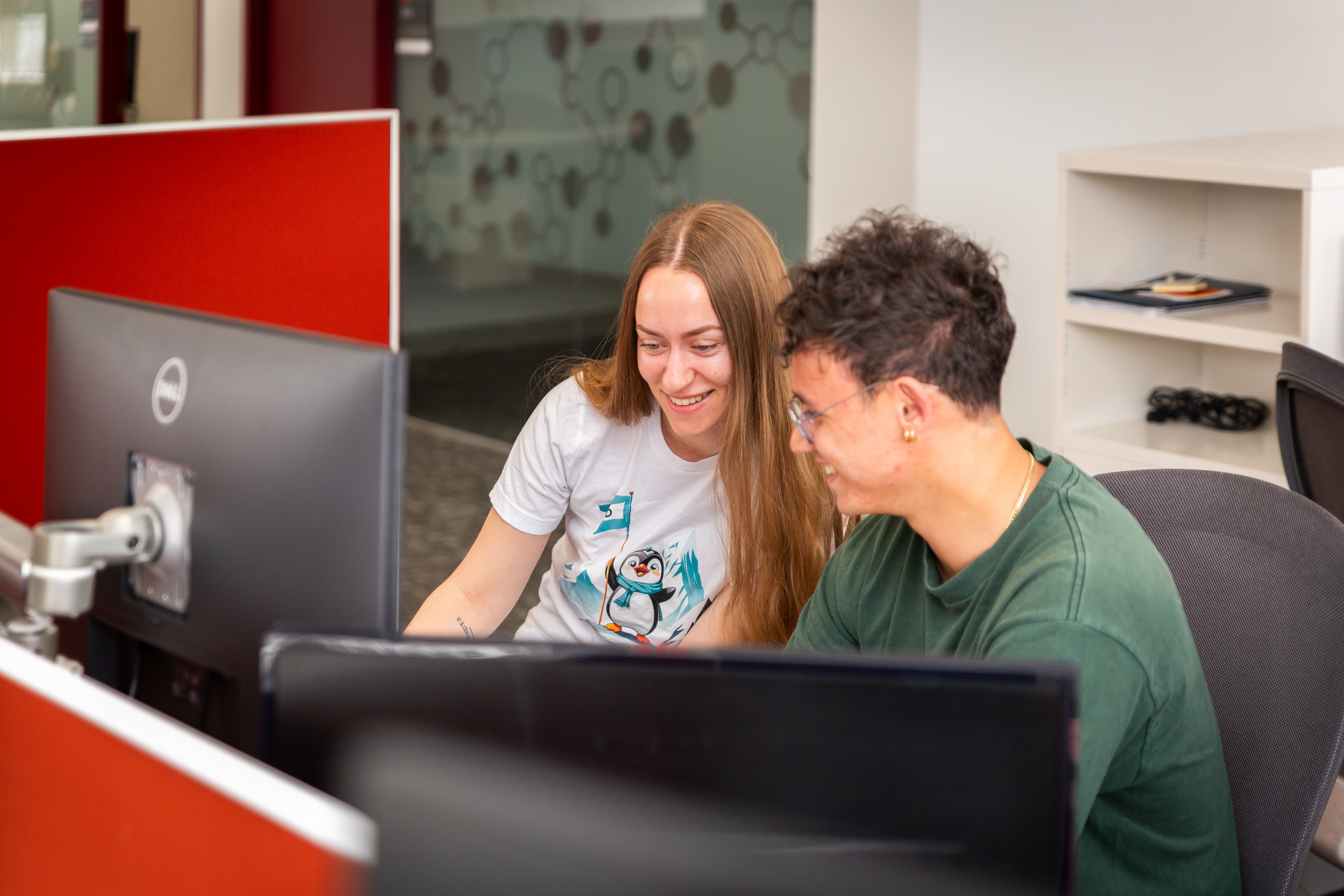This is it, you're ready for a digital transformation at your nonprofit community center or YMCA—exciting times ahead! You've created a strategic vision with a team-based approach, and a roadmap for structure, functions and processes that will guide your next moves. You’re all set to stop viewing your technology as the anchor weighing you down, but instead a tool to allow you to open up to endless possibilities and opportunities.
Laying down the principles and vision for your new YMCA management software
The foundation of any technology strategy lies in the set of principles and vision that will guide your choices. For this foundation to be solid, the vision must align with the capabilities of the YMCA CRM technology and your objectives. It is equally important to have a clear understanding of how the solution will enhance your organization and benefit its users. After all, the fit and value of the technology will play an important role on driving its adoption from staff and stakeholders. Ask yourself:
- Why do we need this CRM and what do we need it to accomplish for us?
- What do our users need from this solution and how can we ensure that those needs are met?
- What do we want our members to experience? Ease of use, self-service, reliability, etc.
- Are internal teams ready to adjust business processes and practices to fully leverage this new technology?
- With a focus on outcomes, not outputs, what does success look like 6 months, 1 year, 3 years and down the road?
Leverage stakeholder feedback and past experiences
With principles and vision outlined, it's time to evaluate your current technology against your future goals - is there a gap? Identify which aspects of your current technology lack functionality, need to be included, or require improvement with a better solution.
Gathering feedback from all stakeholders, including internal teams, external users, and partners, is essential. They may offer valuable insights on the technology's usability and effectiveness. As you assess potential new technologies, remember that you're not alone. Learn from those who have walked a similar path before you. What insights can you gain from their journey? How was their experience?
Utilize this research and feedback gathered to evaluate potential technologies, while also remaining open to exceptions that align with your principles.
Your YMCA software should be a game-changer, not a liability to your organization.
Find your path with a planned roadmap and architecture
Next up, let's think about how you're going to realize your technology vision by building a roadmap and framework of how to get there. This will serve as a guide throughout the implementation process, and can act as a reference point for any potential changes or adjustments you need to make to your YMCA management software. Along with the roadmap, it is essential to establish a solid architecture plan for a clear understanding of the various components of your technology, interrelationships, and how they all fit together to support your organization's goals.
Remember to keep relevant stakeholders in the loop, including IT teams, department leads, and end-users in the development of this roadmap and architecture plan. This ensures that everyone's needs are taken into consideration and that there is buy-in from all.
Valuing the team and company supporting your new YMCA software solution
It’s important to not only think about the CRM that you’re implementing, but the company and the team behind that YMCA management software. Consider their development process and commitment to improving and adapting their technology. Conduct research on their reputation within the industry. Look for case studies, and recommendations from current customers to get a better understanding of their track record and level of satisfaction. Ask yourself:
- Does this company have a good reputation for providing reliable and effective solutions?
- Is the software being actively developed and continuously improved? Will we outgrow it?
- What level of support and training resources can we expect?
- How does the team decide on the features to be developed?
- Will the team be a collaborative partner in developing the technology and evolving with your business?
Building the perfect tech stack with your CRM
Nonprofit community centers are complex organizations that serve and support a vast array of community members. No single software solution will sufficiently cater to every operational need without some level of compromise. When one software is trying to do everything, it will end up not doing anything very well.
For YMCAs, achieving the 'perfect tech stack' involved selecting a suite of tools and applications to address the many (many!) different aspects of programming, administration and member engagement. This is where choosing the right YMCA membership management software or integrated CRM solution comes into play. A platform that will serve as a central hub for managing member data, tracking interactions, and automating communications, and a technology that will scale, adapt and grow alongside your organization as you need it to.
By leveraging the business functions and processes you've identified as necessary, you now have a powerful guide to create a software stack perfectly suited to your unique business needs. And if you’ve identified a vendor that is truly a collaborative partner, they’ll be able to guide you in achieving your technology vision.
Equipping teams with essential skills and the right mindset
Your technology is only as effective as the people operating it. Ensuring your team's skill sets resonate with the tools at their disposal is vital. Whether it's proficiency in managing a CRM platform or understanding the ins and outs of a membership management tool, the skillsets of your team are indispensable to realizing the full potential of your strategic vision.
We’ve previously touched on the key roles and levels of leadership in the start of this journey, and as we approach the implementation stage, it’s important to start thinking about our larger team’s ability to take on this project. Do we have the people power that can implement this technology and fully leverage all the potential it brings? It’s likely that we need to develop a plan to bridge any skill gaps, mentor staff who are not yet buying into the vision or aligned on goals, and providing any necessary trainings and skill development.
How will you measure success? When strategy meets metrics
A successful strategy requires not just a solid implementation plan but also measurements of success. What goals, milestones, and key performance indicators (KPIs) will steer your decision-making throughout the process? Your objective should be to leverage this data to monitor your progress, ensuring alignment with your overarching technology vision and readiness to adapt as necessary.
As implementation begins, the project may consume the team's focus, leading to tunnel vision. Setting up predefined plans for data collection and analysis, complemented by regular check-ins, gives the team opportunities to pause and reflect on their progress, and also the time to adjust the implementation strategy as needed.
Ready to take the first step? Download these free resources
Success isn't just about checking off boxes—it's about ensuring your technology efforts are aligned with the heart of your community center's mission. That's why we put together the CRM Migration Guide. It's packed with practical steps, timelines, and tools like a self-assessment, vendor questions checklist, and project timeline template. Resources to help you plan your transition, and set you up for long-term success.

























